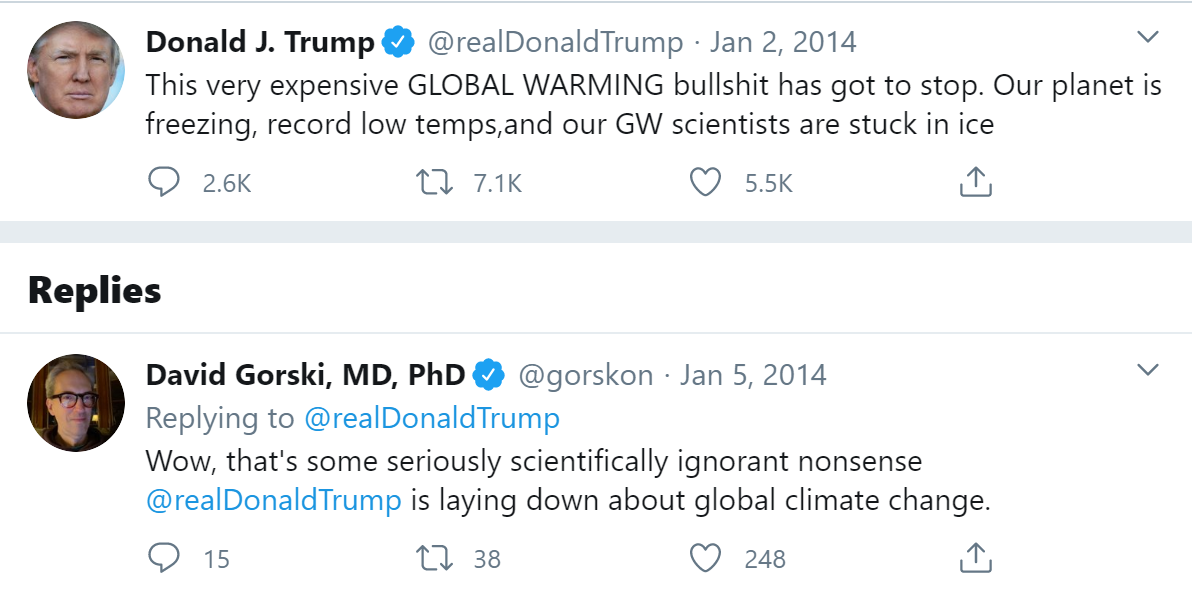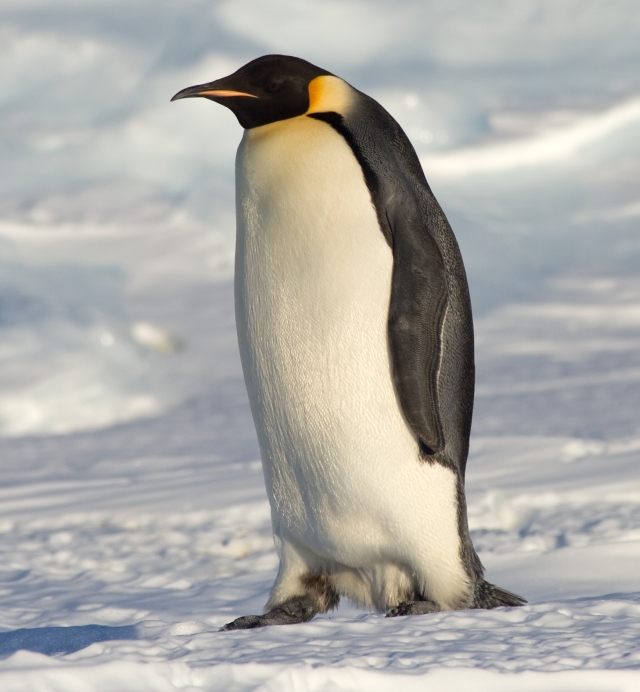Background
Since the dawn of the Industrial Revolution in the 19th century, the average temperature of the Earth has increased more than 1.0 Celsius. However, in recent years, global warming and climate change have been the subject of a great deal of political controversy, especially in the U.S.. The U.S. president, Donald Trump, has criticized in his twitter that the global warming is "a hoax", "fictional", and even "bullshit".
While the world is overwhelmed with the COVID-19 pandemic, the earth is still warming and many lives are suffering from the heating planet. A recent news reports that Antarctica has hit the highest temperature on record of 18.3C in February 2020. The climate zone for lives now is shrinking.
Is global warming real? What are its causes and consequences? Especially, what are the impacts on lives?

